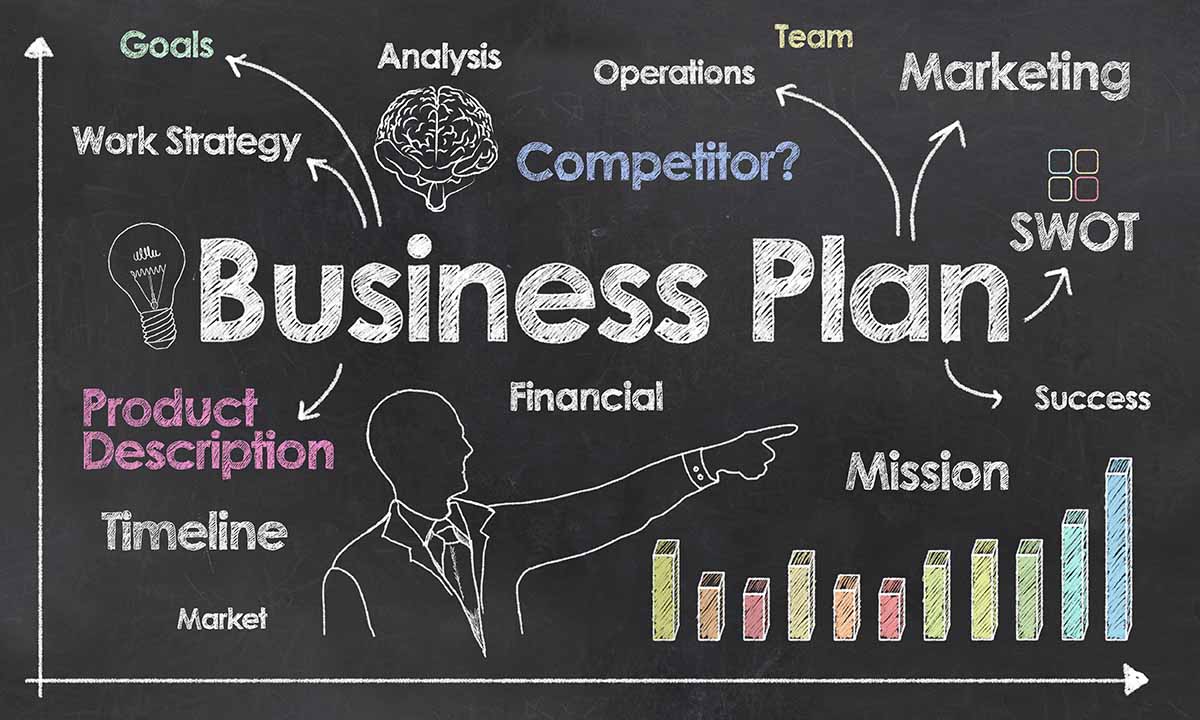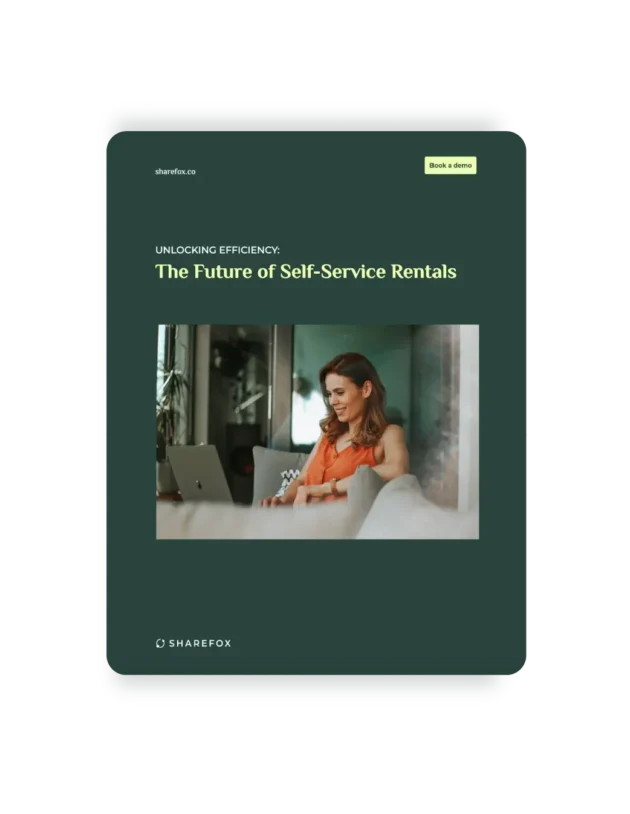


By Christian Wilkens
It’s not enough to just have a great idea so you need to create a business plan with the right strategy, marketing plan and most importantly knowing how and what to execute. A business plan functions as your guidebook on how best to move forward with launching your rental startup while maintaining focus on your key goals.
The business plan not only introduces your company to potential partners and investors, but it also helps you better understand the goals of those who are interested in working or investing with you.
The business plan is a comprehensive document that provides all of the necessary information for investors, lenders and others to understand your company. It’s essential you know every detail about it because if there’s anything missing or forgotten then it can hurt not only your chances at success but also those who depend on investing in businesses like yours as well.
Why write a business plan?
A business plan is an essential tool for any entrepreneur. They provide investors with key information about your company, and help them decide whether or not they want to invest in what you’re doing, which means it can be one step ahead when looking into getting loans. But there are plenty more reasons as well: writing a good document will make sure all aspects match up properly so nothing falls short later down the line.
How to write a business plan
It can be a scary thing to not know how to create a business plan, but do not worry. We got you covered. When starting a rental business, there are basically nine important steps that need to be followed. We have listed them all down for you to copy paste for your own strategy outline, so you don’t have to stare at a blank piece of paper. Now you just need to fill in the outline with your vision and goals for your rental business.
The executive summary should present a brief overview of what is to follow, giving potential investors and lenders an idea about your company without spending too much time on detail. Two pages is enough so just mention essentials, but this constraint does not mean you cannot include all relevant information within these two pages; instead focus more heavily upon describing how things work or why they’re important as well their strengths/weaknesses. The result will give readers enough and staff understanding about your rental company.
The list should include:
In this section of your business plan, you should answer two fundamental questions: who are you as a company and what are your plans going forward? Answering these will provide insight into how best to approach customers or investors.
You should always clarify the details of your business because it’s an opportunity to put down on paper some aspects that can’t be seen. Describe your industry and business model. The more intangible things like principles and cultural philosophies for example also need to be written down; this will give people who listen or read about what kind people run your company in order to create trust between you and your customers.
Next, craft your vision statement, value proposition and mission statement : what impact do you envision having on the world once achieving this goal? Phrase it as an assertion—begin with “We will” and get started. Your company’s overview should include both short-term goals those that are achievable within one year) as well as long term ones; make sure all of them have SMART criteria too – specifically measurable , attainable , realistic Time bound.
Short time rental or long time subscription? Big heavy machinery or online services? Defining your products is extremely vital, because it helps you target the right segment when promoting your brand.
Describe new products you’ll launch in the near future and any intellectual property you own. Express how they’ll improve profitability.

Photo by Firmbee.com on Unsplash
No matter what type of business you start, it’s no exaggeration to say that your market can make or break success. The right types and levels of customers will be able help define how well-accepted your product is in its target audience.
Choosing incorrectly could mean struggling for each sale instead of everything going according to plan, that is why you need to do a market analysis.
Figure out the market size. How big is your potential market?
When you are trying to estimate the market for your product, it’s important that any numbers are backed up by relevant data. Without this information there could be significant flaws in your forecasts for product launches.
Understand your ICP = Ideal customer profile to understand what your message should be. How big is this group and where do you reach them?
Keep up with industry trends and what people in your target audience are buying.
This passage highlights two important points: firstly research relevant topics before designing campaigns, second make sure these insights get into production so they can be used effectively. In other words; Research relevant industry trends and trajectory.
You can find statistics on any industry with a little research. You might consult government websites, academic institutions or respected news sources for data related to your business’s market size and trends in that area as well.
The SWOT analysis is a powerful tool for entrepreneurs, with the acronym standing for Strengths; weaknesses, opportunities and threats. These breakdowns often come together as one grid that lists key points about what you want to know more specifically: your own company’s strengths or weaknesses alongside external factors such as economic conditions in general. This may affect how successful businesses will be this upcoming year due their business model.

You should also do a Competitive analysis.
The three overarching factors you can use to differentiate your business in the face of competition are cost leadership, differentiation and segmentation.
Cost Leadership, you have a capacity for maximizing profits by offering lower prices than most other companies within an industry while still maintaining quality standards that will keep consumers coming back again.
Differentiation, your product/service offers something distinct compared with what already exists within said markets.
Segmentation, You focus on a very specific, or niche, target market, and aim to build traction with a smaller audience before moving on to a broader market.
With a good competitor analysis, you will be able to differentiate your marketing, messages or product line to cater to the need that your brand is filling out.
The management and organization part of your business plan should tell readers about who’s running the company. Communicate how you’ll incorporate as an S corporation, limited liability company (LLC), or sole proprietorship with one important detail: legal structure!.
An organizational chart is an important tool for managers of any size. It lets people in your company know who they’re working with and how their role contributes to the success or failure of whatever task at hand, which makes it easy enough that anyone can use them. Make sure everyone knows the roles, responsibilities, and relationships between people in your chart.
It’s fundamental to know who your target market is because they’ll be the foundation of any marketing plan you have. You should keep this ICP in mind as you make strategic decisions.
Answer these questions to get to know your ICP.
You know your audience and what they value. You need this information for a more personal approach, which in turn will make them feel like you’re talking specifically with their needs and pain points.
If working with more than one industry it would be wise to create multiple Customer Personas, to identify each needs, frustrations and dream scenario. Create messaging and material in accordance with this data.
With a good understanding of ICP you are now able to market effectively. Your marketing plan should outline the current decisions and future strategy, with a focus on how your ideas are tailored for that specific customer base or audience segmentation – not just what’s working now but also areas in need of improvement so they may be improved further down the line.
Most marketing plans include information on four key subjects. How much detail you present on each will depend on both your business and your plan’s audience.
Price. How much do your products cost, and why have you made that decision?
Product. What are you selling and how do you differentiate it in the market?
Promotion. How will you get your products in front of your ideal customer?
Place. Where will you sell your products?
Logistics and operations are the backbone of any business. Without them, your ideas will never reach their full potential. No matter how good they seem on paper. This section should be included in every plan whether you’re trying to get funding or not because there’s always something that can go wrong with logistics no matter what industry sector you are in.
If you have a great plan for knowing exactly how below points are being taken care of and how the fit into the overall plan of operations, you will be very well set for launching your new rental business.
This section should signal that you’ve got a strong understanding of your supply chain and contingencies in place to cover potential uncertainty. This will help you guide important decisions like how to best price products for profitability based on estimated costs as well at what point you plan to break even with initial spending.

Photo by Markus Winkler on Unsplash
Financial statements are often an essential part of any business’ presentation, and for the right audience they can provide invaluable insight into your company’s health. These three major views – income statement, balance sheet and a cash flow projection, helps you keep and great overview of your financial position and plans going forward.
The income statement shows a company’s revenue sources and expenses over a given period of time, allowing readers to see the business’ profit or loss.
The balance sheet lists a company’s assets and liabilities, providing equity information.
The cash flow statement is similar to the income statement but takes into account when revenues are collected and when expenses are paid. Forecasting your cash-flow statement can be an important step in managing the business. It allows you to identify gaps or negative numbers that may not show up on other accounts and adjust operations accordingly so they don’t have a significant impact later down the road.
Tips for creating a rental business plan.

WHITEPAPER
Find out how self-service solutions can elevate your business in today’s digital market.
When you are ready… here are 4 ways we can help you expand your rental business!